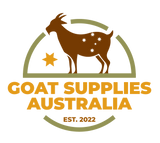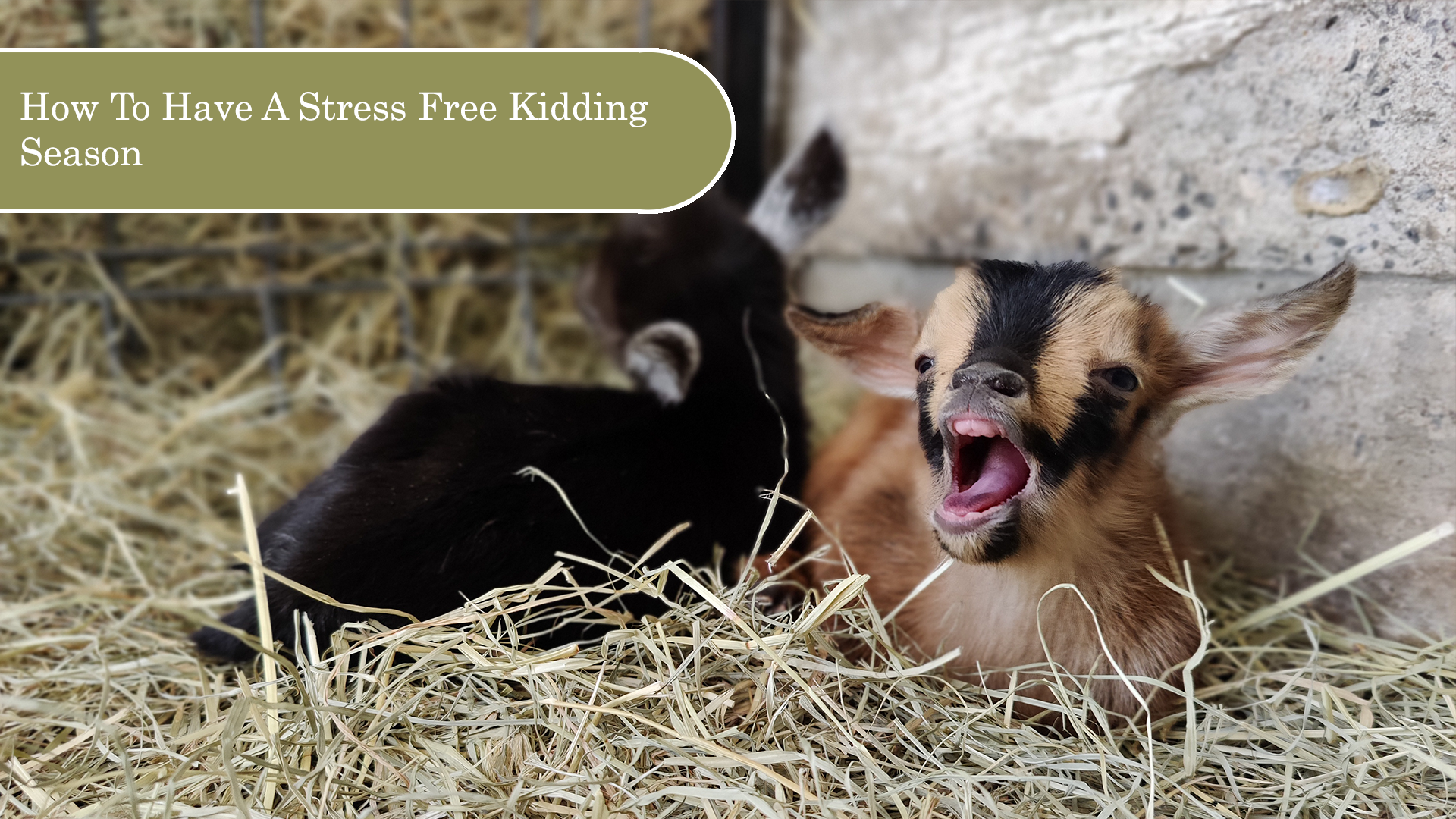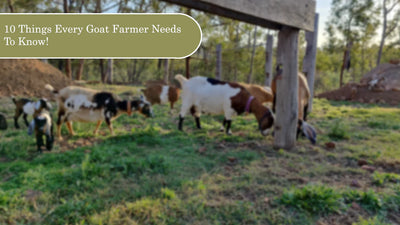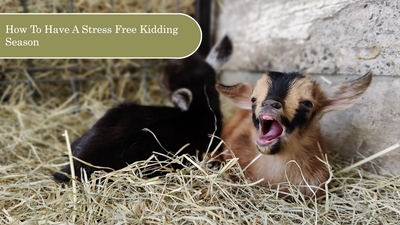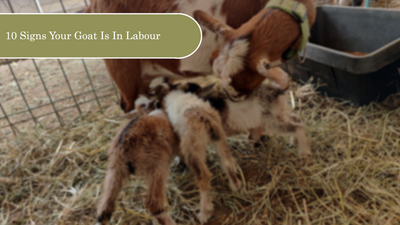After the kids are born and you find yourself with multitudes of kids running around, it is easy to lose track of important dates for getting things done.

CLICK HERE TO DOWNLOAD YOUR FREE PRINTABLE PDF
CLICK HERE TO DOWNLOAD YOUR FREE EXCEL SPREADSHEET
We’ve designed this handy printable pdf that lets you keep track of all essential dates after kidding.
That is why we have made this table - to help you keep track of everything and not miss those crucial dates such as disbudding which is a critical time-sensitive task.
Kidding - It is always helpful to know the date of kidding, this is the date you will work everything from for the rest of the important dates.
Disbudding - There is a short window of 4-10 days where it is advisable to disbud kids as any time after this is considered dehorning as the horn nubs are too large to be successfully disbudded.
Weight - For us and our herd, we have decided to do weighing at 7, 14, 21, 30, 60 and 90 days. Now, this may be too much for you, but we like to keep a close eye on how well our kids are growing so as to not miss any weight loss due to not getting enough food or an illness. We will also be using this data to know the average weight and weight gain for kids at different ages so keep an eye out for a blog post on that in the future!
Weaning - With bucklings especially, it is recommended to wean them from their mothers at 8 weeks of age as this is when they can become a risk of getting the does pregnant. For doelings, 12 weeks is the ideal time to wean as they have had a good 3 months of milk to nourish their bodies - especially important if you are going to be breeding her in the future.
This date is something to work towards as a hard stop of the mother’s milk is not advised. Gradual weaning is the healthiest for their digestive systems and overall condition.
Night Separation - For dairy goats, you can begin separating the kids from their mother at 2 weeks of age for 8 hours overnight. At 2 weeks of age, the kids will be well and truly eating/nibbling at solid foods such as hay and pellets, they will also be drinking water. Separating the kids will stop them from consuming all that delicious milk and allow you to milk the doe in the morning. You shouldn’t feel bad about this either as goats have a way of holding back milk so even if you think you’ve milked the last drop out of her udder, the minute she is back with her kids she will let down some more milk and feed her babies.
Vaccination - It is recommended that you get your kids vaccinated at 8 weeks of age with their first dose of Glanvac® 6 which protects from 6 of the main causes of sick goats - Cheesy Gland (CLA) and the five main clostridial diseases: black disease, black leg, malignant oedema, pulpy kidney, and tetanus. The first booster should be given at 12 weeks and then a second booster 6 months later at 9 months of age. Following that, your kids should be vaccinated every 6 months just like the rest of the herd.
Castration - Bucklings, if they are not staying intact to become a breeder, will need to be castrated. Depending on the method you choose, this date could be from 5 days (banding) to 8 - 12 weeks (surgical or clamping). Whichever method you choose, make sure to take note of that date. We have chosen to wait to castrate until 12 weeks old so we can mitigate the risk of urinary calculi (bladder stones) in our bucklings.
You may find you need more or fewer dates to keep track of, but for us right now, it is perfect! We hope you get some good use out of this table for yourselves and keep the kidding aftercare process as stress free as possible!

